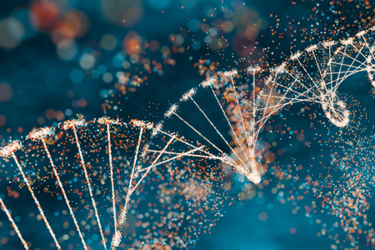Key Considerations For Nonclinical AAV Gene Therapy Development

The development of the first AAV-based therapy, designed to treat an inherited disorder causing progressive blindness, marked a pivotal milestone in gene therapy. This breakthrough opened the door to a wave of clinical trials investigating AAV-based therapies, which leverage the natural cellular mechanisms of target cells. AAV capsids are taken up by cells through endocytosis, allowing the delivery of a functional gene to compensate for one that is mutated or absent, ultimately restoring functional protein production. AAVs offer several unique advantages for gene therapy studies: they are replication-defective, ensuring controlled and safe use; provide long-term gene expression; and exhibit cell-type specificity. Additionally, AAVs are derived from a non-pathogenic human parvovirus, are not associated with known diseases, and have low toxicity profiles. These features make AAVs a compelling choice for advancing gene therapy research and development.
In this issue, you will explore Altasciences’ extensive experience in gene therapy studies, insights into navigating the regulatory landscape, strategies to optimize the safety and efficacy of AAV-based therapies, and how Altasciences can support your gene therapy programs. We also present three compelling case studies showcasing successful applications of AAV-based therapies.
Get unlimited access to:
Enter your credentials below to log in. Not yet a member of Drug Discovery Online? Subscribe today.
